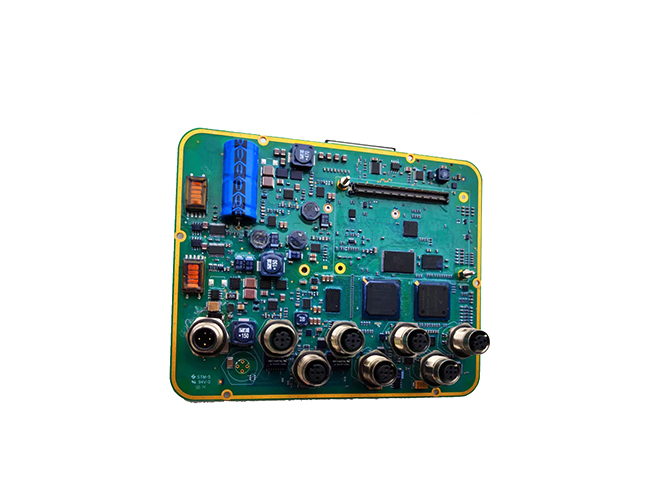-
CN
-
Service Hotline
+8618129931046 Mr. Liao


Time:2025-06-07 Views:1

Rigid - flex PCBs combine the advantages of rigid and flexible PCBs, offering unique design solutions for complex electronic applications. There are numerous real - world design cases that showcase the versatility and benefits of rigid - flex PCB designs.
In the aerospace industry, rigid - flex PCBs are widely used in avionics systems. For example, in aircraft control systems, where space is limited and components need to be compactly arranged while withstanding harsh environmental conditions, rigid - flex PCBs provide an ideal solution. A design case might involve integrating multiple rigid sections that house different electronic components such as sensors, processors, and connectors, with flexible sections connecting these rigid parts. The flexible sections can be bent and routed through tight spaces within the aircraft's structure, reducing the overall volume and weight of the wiring harness. This not only saves space but also improves the reliability of the system by minimizing the number of interconnections and potential failure points.
In the medical device field, rigid - flex PCBs are used in devices like endoscopes. The design of an endoscope requires a long, slender, and flexible body to navigate through the human body while carrying various sensors and imaging components. A rigid - flex PCB can be designed with a rigid section at one end to hold the optical and electronic components securely, and a flexible section that can be bent and maneuvered easily. The flexible part can be made extremely thin and flexible to fit within the narrow lumen of the endoscope, enabling high - quality imaging and precise control during medical procedures.
Another example is in the automotive industry, especially in advanced driver - assistance systems (ADAS). Rigid - flex PCBs are used to connect multiple sensors, cameras, and control units distributed throughout the vehicle. The design can incorporate rigid sections for the main control modules and flexible sections that can be routed along the vehicle's body contours, reducing the complexity of the wiring and improving the system's durability against vibrations and temperature changes. These real - world design cases demonstrate how rigid - flex PCBs can be customized to meet the specific requirements of different industries, providing innovative and efficient solutions for modern electronic device design.